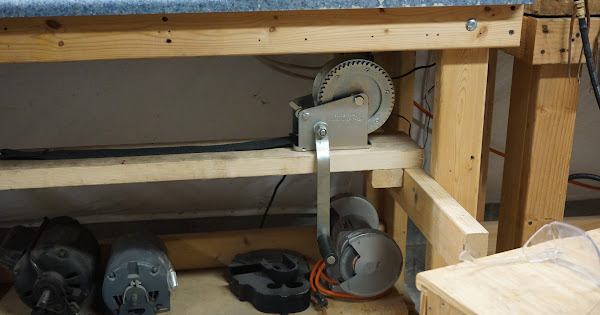Hello Fellow Orchidians,
My short term goal is to roll down 1/8" (3mm) shakudo rod down small
enough (2 mm thick minimum I think) so I can draw it down further in
my drawplate. I don’t own a draw bench. I do own a flat Durston
rolling mill with extension rollers (one with D grooves and one which
is flat).
I have never rolled down wire before. I am thinking of ordering
replacement extension rollers so I can roll down thicker gauges of
wire on my rolling mill. I contacted Durston about it and they asked
me what size I would like. I am not sure what to ask for. Say the
smallest wire grooves are for 1 mm wire. What should the increments
of the wire groove sizes be-such as 1 mm, 2mm, 3mm, etc?
I was also wondering if I could take the rollers that I already have
to a local machinist and have them carve out the grooves? What does
the profile of a wire groove look like? Would triangular grooves
work?
Incidentally, what does one do with the extension rollers that I
already have?
Last but not least, does anyone know of a book that addresses
different things one can do with a rolling mill?
Thanks!
Jeanie Pratt
Note From Ganoksin Staff:
Looking for a rolling mill tool for your jewelry projects? We recommend:
- Reading our guide to the Best Rolling Mill Tools Review for jewelry work here
- Searching for more discussions about Rolling Mill Tools here on the Orchid forum
